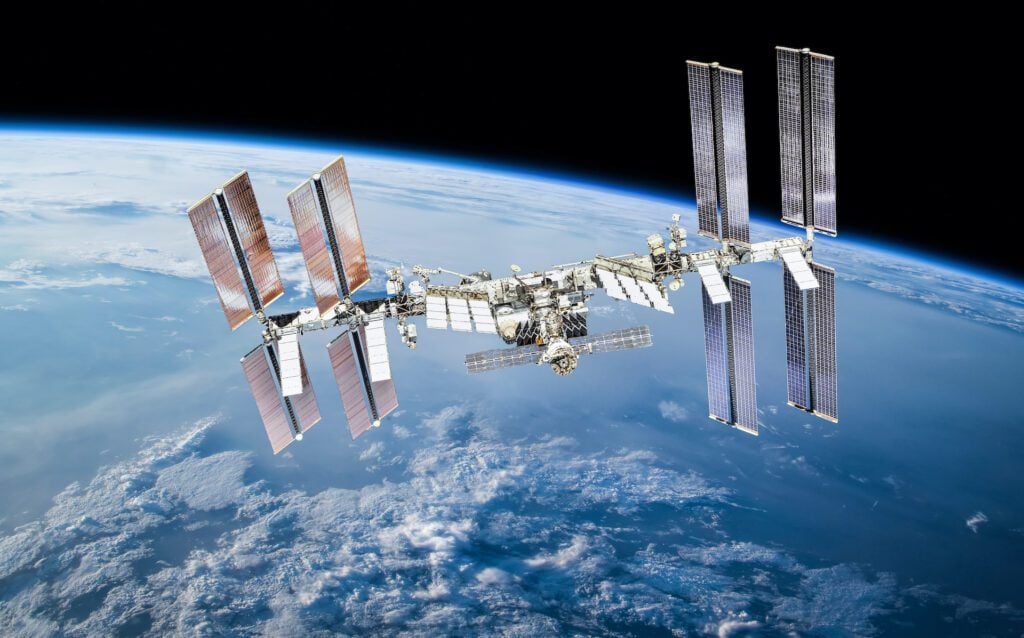The National Aeronautics and Space Administration was established in 1958. Since then, there have been thousands of projects by the department to study and understand the universe. These studies can come at a hefty price. But did you know that the most costly project they had was the International Space Station?
The most expensive man-made object is the International Space Station or known as the ISS. It was estimated to have cost more than $150 billion by the time it was completed in 2011. The project was a collaboration between the US, Russia, and Europe.
The International Space Station
The International Space Station, or ISS, is a multi-nation construction project with the largest single structure launched in outer space. The US started the ISS in the 1980s under the Reagan Administration. Due to multiple technical and funding issues, the project was only started in the early 1990s. The project was redesigned to reduce costs and also include different nations.
In 1993, the US and Russia merged their space station facilities and incorporated their modules and contributions from the European Space Agency and Japan. ISS was assembled in outer space starting on November 20, 1998, with the Russian control module Zarya and the US connecting node Unity.
Construction of the ISS continued throughout the 90s, and it received its first resident crew on November 2, 2000. Cosmonauts Sergey Kriskalev, Yuri Gidzenko, and astronaut William Shepherd were the first to board the ISS. (Source: Britannica)
The main construction of ISS was completed in 2011, but improvements to its facilities have been continuously made to include new experiments and missions. As of 2021, 244 individuals from 19 countries have visited the space station, with 153 Americans and 50 Russians to date having boarded the space station.
Since it is a multi-nation project, Astronaut and research time is allocated based on the country’s monetary or resources contributed. The principal partners of ISS are NASA, Roscosmos, European Space Academy, and minor partners like the Japanese Aerospace Exploration Agency and the Canadian Space Agency.
The ISS flies at an average altitude of 248 miles or about 400 kilometers above the earth and circles the globe every 90 minutes with a speed of 17,500 mph. Crew members travel to and from the station via the Russian Soyuz capsule, and on March 3, 2020, a privately-owned Crew Dragon capsule created by SpaceX transported crew members to ISS.
Crew members typically stay on the station for an average of six months. They conduct various science experiments and do maintenance work on the station, spending at least 2 hours on exercise and personal care outside working hours. (Source: Space)
SpaceX
As mentioned above, SpaceX has already joined the quest for understanding outer space. It has shown that privately-owned companies can assist humankind into space exploration, with the start of the Crew Dragon capsule, transporting crew members to ISS.
In 2012, the company was enlisted to deliver cargo to and from the ISS using the Dragon spacecraft. The Dragon is capable of carrying up to 6,000 kgs of cargo to ISS and capable of returning up to 3,000 kgs back to earth. It has made a total of 20 trips to date. (Source: SpaceX)
Elon Musk, founder and owner of SpaceX, aims to renew public interest in space travel. His end goal is to make humans a multi-planet species by significantly reducing the cost of space travel. (Source: How I Got the Job)
